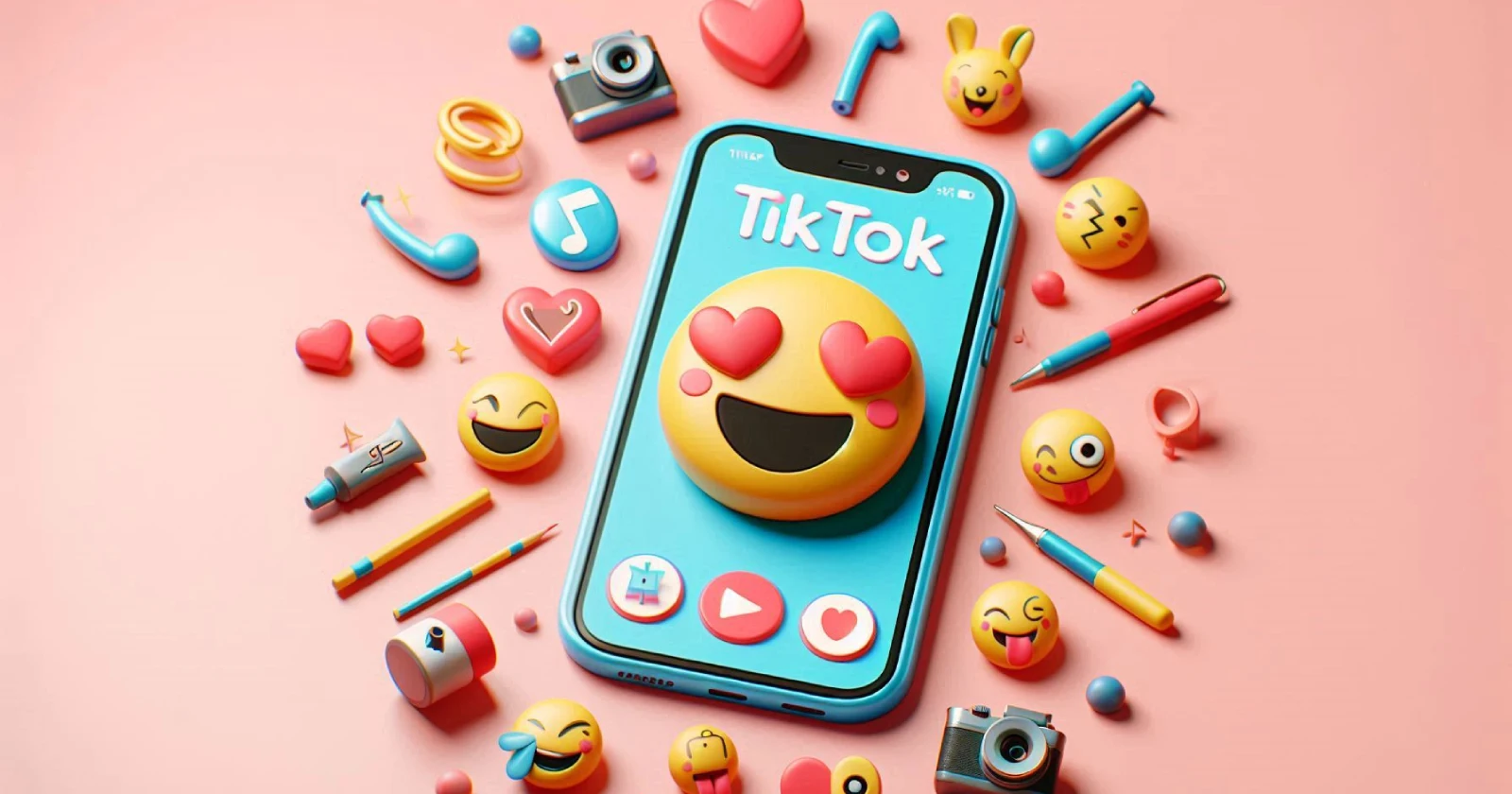@golden_keyz Replying to @Chassss!
♬ original sound - Mr. Keyz
In the ever-evolving landscape of social media, TikTok users are proving to be masters of linguistic innovation. As the platform tightens its grip on content moderation, creators are developing ingenious methods to sidestep censorship and keep their messages flowing.
One of the latest trends in this linguistic cat-and-mouse game is the use of “SSA.” While it might look like an innocent acronym, it’s actually a clever reversal of a three-letter word referring to a person’s rear end. By spelling it backwards, users can discuss certain body parts without triggering content filters. This technique of letter reversal or rearrangement is becoming increasingly popular as a way to evade algorithmic detection.
However, SSA has taken on additional meanings as well. In some contexts, it stands for “same-sex attraction,” allowing users to discuss LGBTQ+ topics more discreetly. It’s also occasionally used to mean “same-sex aggression,” particularly when discussing animal behavior.
But the creativity doesn’t stop ther, as highlighted by a report a couple of years ago. The term “unalive” has become TikTok’s preferred euphemism for death, murder, or suicide. By avoiding more explicit terms, users can discuss sensitive topics without risking content suppression.
Emojis have also taken on new meanings in this context. The corn emoji 🌽 often alludes to adult content that rhymes with its name, while the rainbow emoji 🌈 has become a subtle nod to the LGBTQ+ community. These visual shortcuts allow for open discussions without setting off algorithmic alarms.
Misspellings are another popular tactic. “Seggs” has emerged as a cheeky alternative to “sex,” allowing users to discuss intimate topics while flying under the radar. Similarly, “le dollar bean” became a roundabout way of saying “lesbian,” evolving from the creative use of symbols in “le$bian.”
TikTok’s text-to-speech function has inadvertently spawned its own set of workarounds. The app’s tendency to censor certain words has led users to employ clever phonetic tricks. For example, “nip nops” has become a playful substitute for a term describing a certain part of the anatomy.
Even serious topics aren’t immune to this linguistic gymnastics. The COVID-19 pandemic has been dubbed “the panini” by some users, while discussions about prejudice might reference “cornucopia” instead of more explicit terms.
While these language hacks might seem frivolous, they serve a crucial purpose. Many creators argue that it’s the only way they can address important issues without risking their content’s visibility. In a digital ecosystem where algorithmic favor can make or break a creator’s reach, these tactics have become essential tools of the trade.
However, this constant evolution of language poses its own challenges. As certain terms gain popularity, they risk being added to the list of flagged content, forcing users to continually adapt. It’s a linguistic arms race, with creators always seeking the next clever workaround.
The phenomenon isn’t limited to TikTok, either. Across social media platforms, users are finding innovative ways to express themselves while navigating increasingly complex content moderation systems. From Instagram’s “sensitive content” warnings to X’s self-censorship options, the digital landscape is rife with obstacles for free expression.
As this trend continues, it raises interesting questions about the future of online communication. Will these platform-specific dialects seep into everyday language? Or will they remain confined to the digital realm, a secret code known only to those in the know?
One thing is certain: as long as there are rules to be bent, humans will find creative ways to bend them. In the case of TikTok and its contemporaries, that creativity is giving birth to a fascinating new chapter in the evolution of language – one emoji, misspelling, and backwards word at a time.
TechIssuesToday primarily focuses on publishing 'breaking' or 'exclusive' tech news. This means, we are usually the first news website on the whole Internet to highlight the topics we cover daily. So far, our stories have been picked up by many mainstream technology publications like The Verge, Macrumors, Forbes, etc. To know more, head here.


